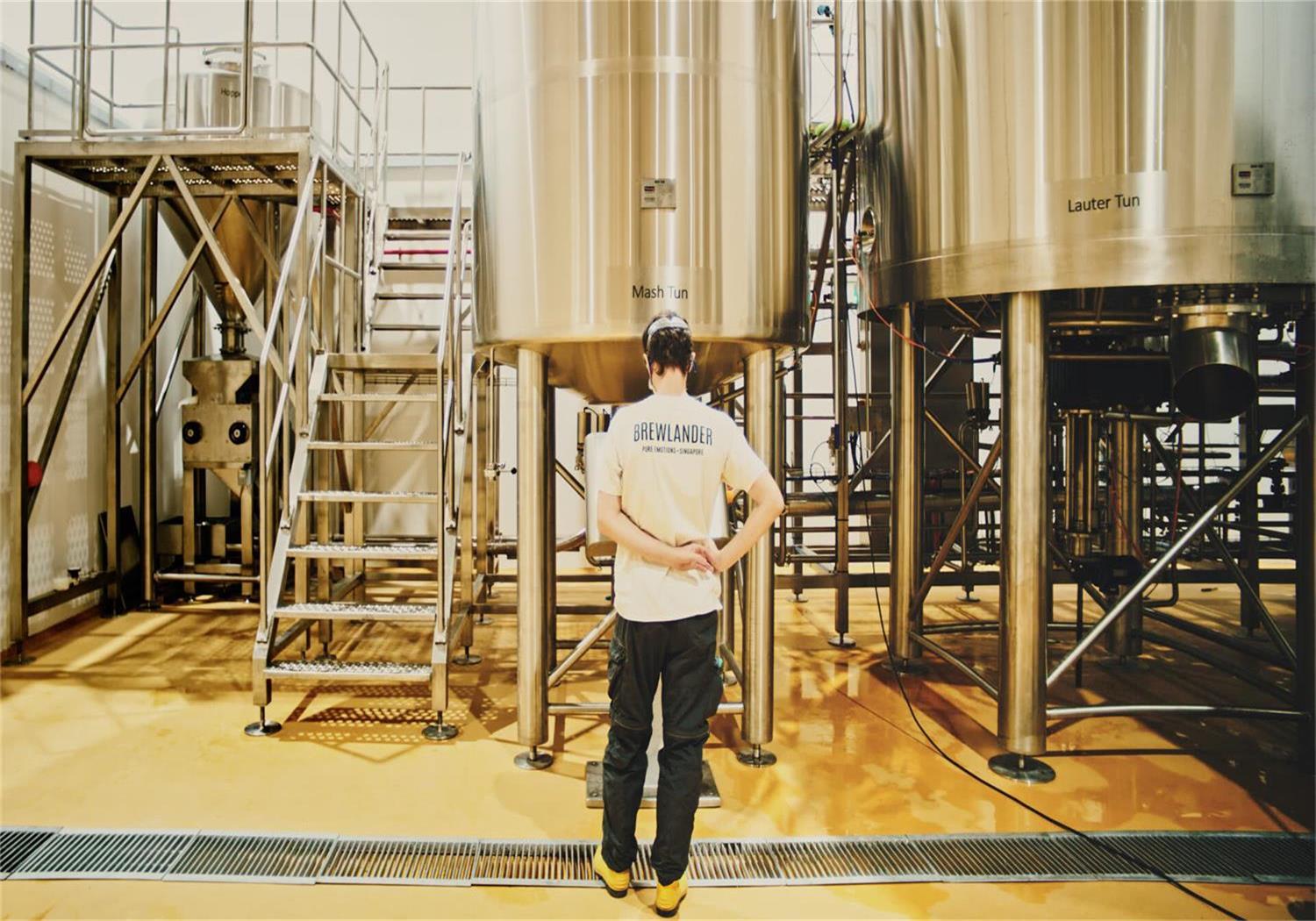Beer Draft Equipment
Overview of Beer Draft Equipment
Beer draft equipment is the unsung hero behind the perfect pint you enjoy at your favorite bar or home. From sleek kegs to the intricate tap systems, every piece plays a role in preserving flavor, maintaining carbonation, and serving beer at just the right temperature. But how do these systems work? What options are available? And how do you choose the best equipment for your needs? Let’s dive into the world of beer draft equipment and uncover the secrets to pulling the perfect draft.
Understanding the Brewing Process
Before diving into beer draft equipment, let’s briefly understand the brewing process, as it forms the foundation for draft beer. Brewing involves converting malted barley into sugar-rich wort, fermenting it with yeast to produce alcohol, and then conditioning it to enhance flavor. The result? A delicious, effervescent beer that’s ready to be served.
Once the beer is brewed, the role of draft equipment begins. These systems ensure the beer is stored and served in optimal conditions, maintaining its quality from the keg to your glass.
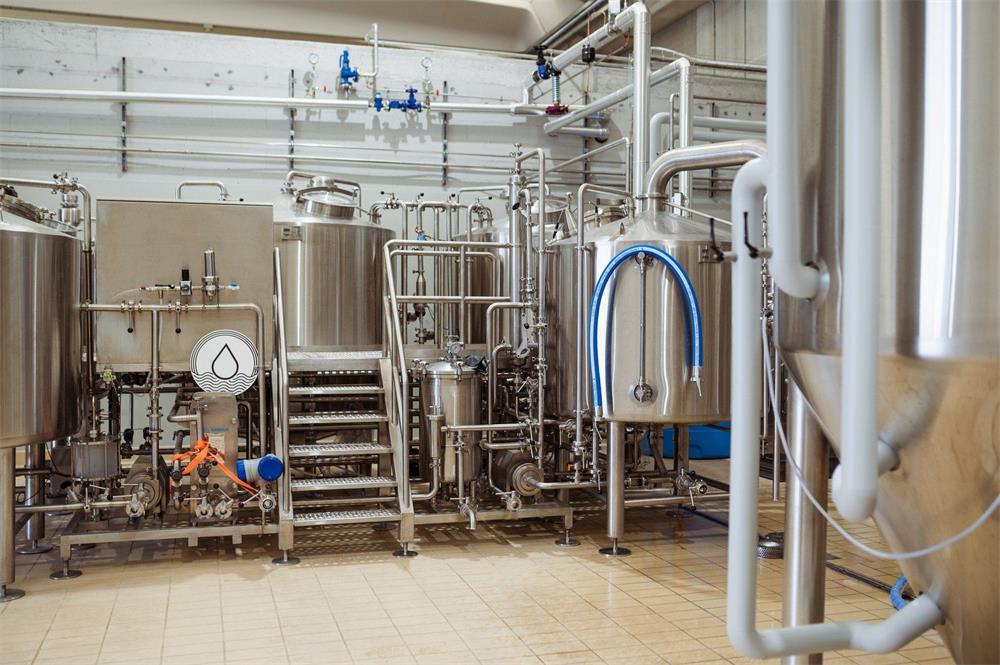
Key Components of Beer Draft Equipment
To get a clear picture, let’s break down the essential parts of a draft beer system:
- Kegs: Containers that store and transport beer under pressure.
- CO2 Tanks and Regulators: Control the flow of gas to maintain carbonation.
- Beer Lines and Couplers: Connect the keg to the tap system.
- Faucets and Tap Handles: Dispense the beer into glasses.
Each component has its own significance, and their interplay creates the magic of a perfectly poured beer.
Choosing the Right Beer Draft Equipment
Selecting the best beer draft system can feel overwhelming. Here’s how to simplify it:
Factors to Consider
- Capacity: Think about how much beer you plan to serve. For a small home setup, a single-keg system might suffice. Larger operations may require multi-keg setups.
- Space and Layout: Measure the space where your system will be installed. Overestimating or underestimating space can lead to inefficiency.
- Customization Options: Look for equipment that suits your style—whether it’s a sleek stainless-steel setup or a rustic wooden tap station.
Comparison Table for Beer Draft Equipment Options
| Parameter | Option 1: Home System | Option 2: Commercial System | Option 3: Event Setup |
|---|---|---|---|
| Capacity | 1–2 kegs | 5+ kegs | Portable mini-kegs |
| Space Requirement | Small (fits under counters) | Requires dedicated area | Minimal space (portable) |
| Design | Compact and minimalistic | Professional and high-capacity | Lightweight and mobile |
| Customization | Limited | Extensive | Moderate |
| Price Range | $300–$800 | $2,000–$10,000 | $500–$1,500 |
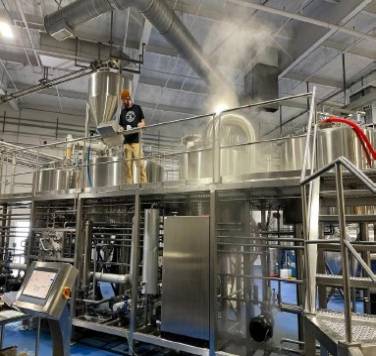
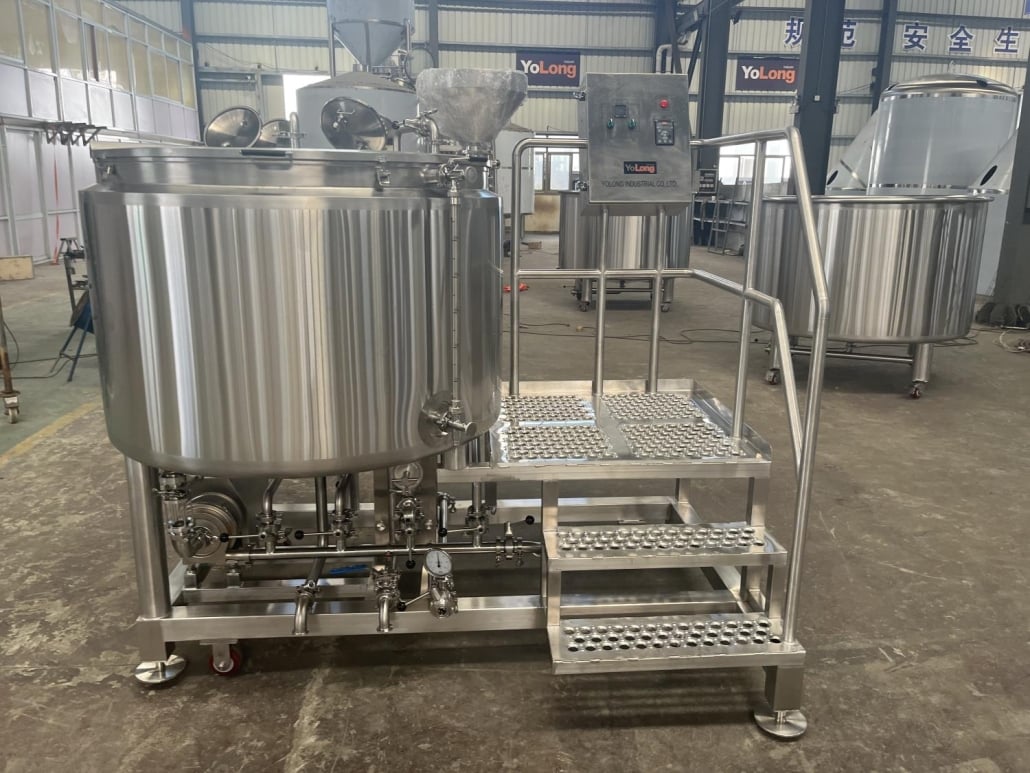
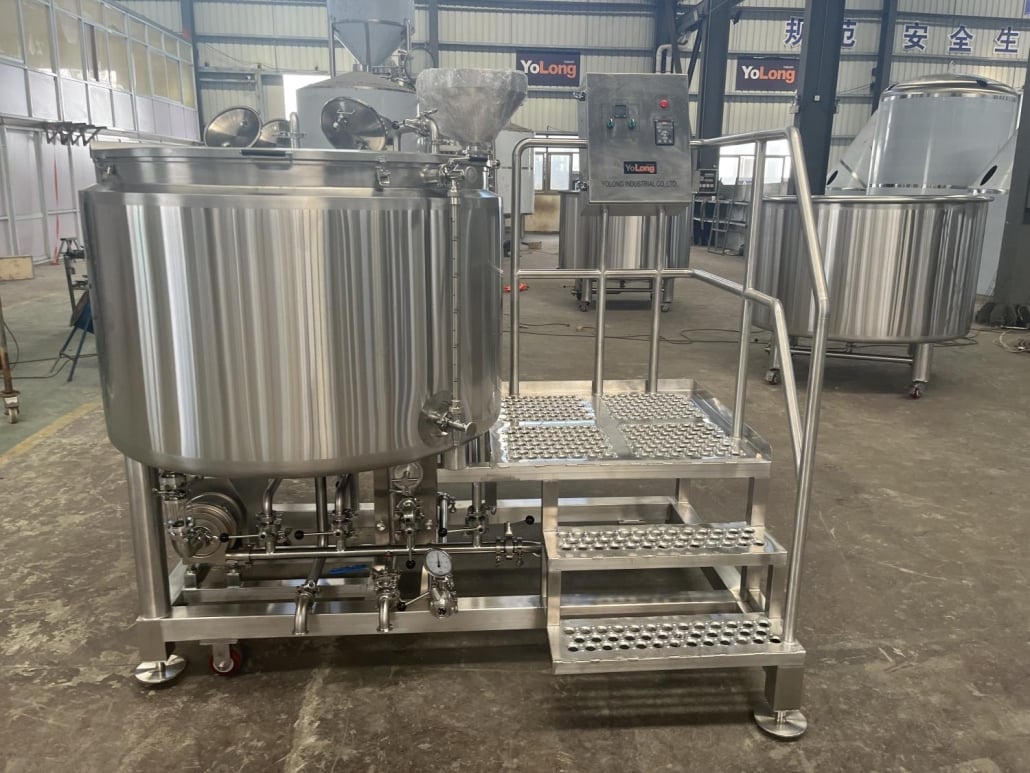
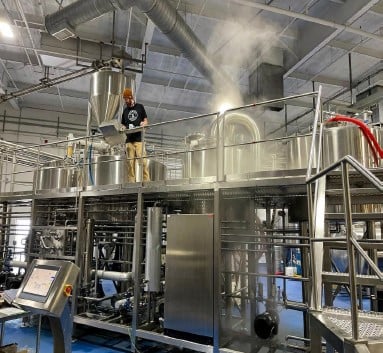
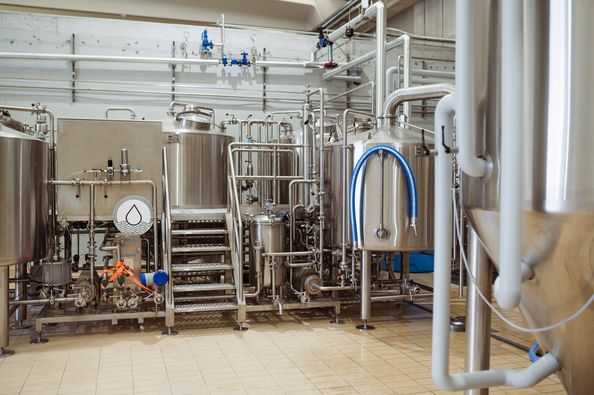
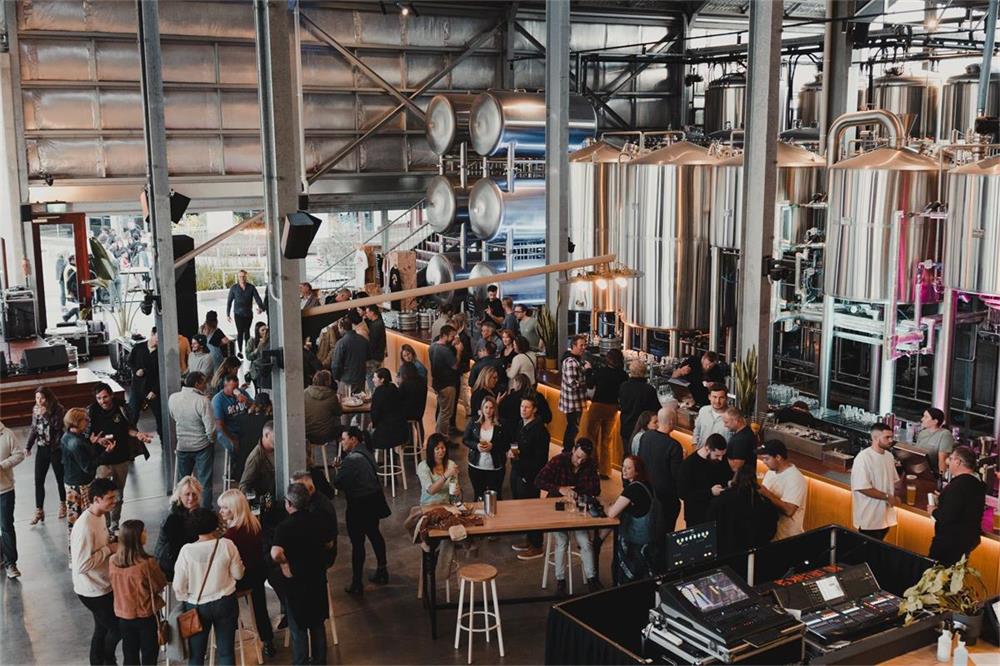
Suppliers and Pricing Details
When investing in beer draft equipment, knowing where to shop is key. Here’s a comparison of popular suppliers and their price ranges.
| Supplier | Equipment Type | Price Range | Notable Features |
|---|---|---|---|
| Beverage Factory | Kegerators, CO2 tanks | $500–$1,200 | Extensive product catalog |
| Micromatic | Full draft systems | $2,000–$10,000 | Commercial-grade quality |
| Homebrew Supply | Home setups and accessories | $200–$1,000 | Affordable and compact solutions |
Installation, Operation, and Maintenance
A beer draft system is an investment, and keeping it in top condition requires attention to detail.
Installation
Proper installation ensures your draft system operates without hitches. Hire professionals if you’re unsure about the setup.
Operation
Once installed, operate the system with care:
- Always keep the CO2 tank at the recommended pressure.
- Check for leaks in the lines.
Maintenance
Cleaning is crucial. Dirty lines can ruin the flavor of your beer. Use specialized cleaning solutions and follow these steps:
- Disconnect the beer lines.
- Run the cleaning solution through the lines.
- Rinse thoroughly with water.
| Task | Frequency | Time Required |
|---|---|---|
| Line Cleaning | Weekly | 30–45 minutes |
| Equipment Inspection | Monthly | 1 hour |
| CO2 Tank Check | As needed | 10 minutes |
Troubleshooting Common Issues
Even the best draft systems can encounter hiccups. Here’s how to tackle them:
- Flat Beer: Check CO2 pressure and ensure the lines are not leaking.
- Foamy Beer: Inspect the temperature settings. Too warm or too cold beer can create excess foam.
- Off-Flavors: Clean the beer lines thoroughly and regularly.
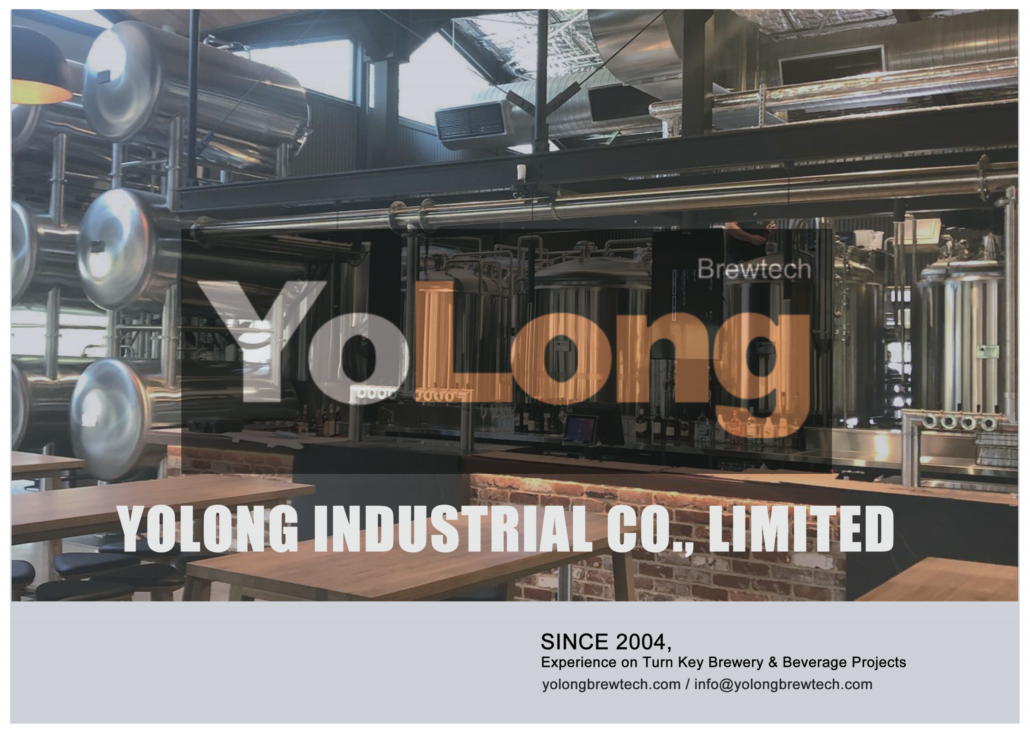
Comparing Pros and Cons
| Feature | Advantages | Limitations |
|---|---|---|
| Draft Systems | Maintains consistent quality | Requires regular maintenance |
| Bottled Beer | Easy to store and transport | Loses freshness faster |
| Canned Beer | Lightweight and portable | Limited size options |
FAQs
| Question | Answer |
|---|---|
| What is beer draft equipment? | Equipment used to store, transport, and serve draft beer, including kegs, CO2 tanks, and taps. |
| How do I clean a draft beer system? | Use cleaning solutions, rinse lines thoroughly, and repeat weekly for best results. |
| Can I install a system at home? | Absolutely! Compact systems are perfect for home use. |
| What’s the cost of a full setup? | Prices range from $500 for basic setups to $10,000+ for commercial-grade systems. |
| How do I prevent foamy beer? | Keep the system at the correct temperature and ensure the CO2 pressure is balanced. |
Additional FAQs About Beer Draft Equipment
1) What line diameter and length should I use to balance my draft system?
- For most CO2 systems at 10–12 psi and 38°F/3.3°C, start with 3/16 in (4–5 mm ID) vinyl beer line at 7–12 ft (2–3.5 m). Adjust length to achieve 1–2 pints per 10 seconds without foam.
2) Should I use CO2 or beer gas (nitrogen blends)?
- Use 100% CO2 for most ales and lagers. Use 25/75 or 30/70 CO2/N2 blends (“beer gas”) for nitro stouts/porters and long-draw systems to maintain proper volumes without over-carbonation.
3) How often should I clean draft lines and faucets?
- Every 2 weeks for typical bars; weekly for high-sugar or flavored products. Use 2–3% alkaline cleaner circulated 10–15 minutes at 80–120°F, quarterly acid clean for beer stone, and disassemble faucets for hand cleaning.
4) What keg coupler type do I need?
- Most US domestics use D-system Sankey. European imports often use S or U. Some specialty brands use A or G. Verify with the brewer’s spec before purchase.
5) How do I reduce foamy beer at the start of a pour?
- Keep the entire “cold chain” at 36–40°F (2–4°C), insulate or glycol-chill trunk lines, ensure proper line balance, avoid kinks/restrictions, and clean or replace worn faucet gaskets. Warm towers with cold kegs are a common culprit.
2025 Industry Trends for Beer Draft Equipment
- Glycol trunk systems get smarter: Variable-speed glycol pumps, leak detection, and IoT monitoring reduce downtime.
- Hygiene by design: Forward-sealing faucets, antimicrobial vinyl tubing, and quick-disconnect manifolds speed cleaning and reduce biofilm.
- Energy efficiency: R290 (propane) kegerators and higher-efficiency glycol chillers lower electricity use 10–20%.
- Nitro and mixed-gas expansion: More venues add inline nitrogenators and mixed-gas blenders for stable pours over long draws.
- Data-driven draft: Flow meters and temperature/pressure sensors tied to POS improve inventory control and loss prevention.
2025 Benchmarks and Cost Snapshot (North America/EU)
| Metric | 2023 Avg | 2024 Avg | 2025 YTD | Notes/Sources |
|---|---|---|---|---|
| Kegerator (2-tap, R600a/R290) | $700–$1,200 | $680–$1,150 | $650–$1,100 | Energy efficiency improving |
| Commercial long-draw install (6–12 lines) | $6k–$14k | $5.8k–$13.5k | $5.5k–$13k | Site-specific |
| Glycol chiller (3/8–1 HP) | $1,200–$2,800 | $1,150–$2,700 | $1,100–$2,600 | VFD options emerging |
| Line cleaning interval (days, median) | 14 | 14 | 10–14 | More frequent with sugary SKUs |
| Typical dispense temp (°F/°C) | 36–40 / 2–4 | 36–40 / 2–4 | 36–38 / 2–3 | Tighter tolerances |
| Inline flow/volume tracking adoption (%) | 18 | 23 | 31 | POS-integrated systems |
Authoritative resources:
- Brewers Association Draught Beer Quality Manual: https://www.brewersassociation.org/
- Draft quality and cleaning guidance (Micromatic): https://www.micromatic.com/
- Cicerone draft systems training: https://www.cicerone.org/
Latest Research Cases
Case Study 1: Reducing Foam and Waste in a Long-Draw Draft System (2025)
Background: A city taproom with a 50 ft trunk line reported high foam on first pours and 8% draft loss.
Solution: Installed forward-sealing faucets, insulated tower with recirculating air return, rebalanced lines (3/16 in @ 10–12 ft), added VFD glycol pump and POS-linked flow meters; implemented biweekly alkaline and quarterly acid cleans.
Results: First-pour foam down 62%; draft loss reduced to 3.4%; average pint yield +1.8 pints per keg; payback in 6.5 months. Sources: Brewers Association Draught Beer Quality Manual; OEM chiller application notes.
Case Study 2: Mixed-Gas Stabilization for Nitro and Long Lines (2024)
Background: Multi-level venue struggled with over-carbonation on a 100 ft run and weak nitro cascade.
Solution: Added on-site gas blender (30/70 CO2/N2) for long-draw lagers and 25/75 for nitro, installed inline nitrogenator for stout, and recalibrated regulators with digital gauges.
Results: Carbonation drift eliminated (<0.1 vol over 30 days); nitro cascade consistency improved; service time per pour reduced by 12%. References: BA draft guidelines; Micromatic gas blending guides.
Expert Opinions
- Mary Pellettieri, Quality Consultant and Author
Viewpoint: “Draft quality lives and dies with cleaning frequency and documentation. A line-clean log and verified chemical strength prevent most flavor faults.” - Neil Witte, Master Cicerone and Draught Quality Expert
Viewpoint: “Balance the system—temperature, pressure, and restriction. Properly sized lines and stable temps beat chasing regulator knobs.” - Mitch Steele, Brewmaster and Co-founder, New Realm Brewing
Viewpoint: “Protect the cold chain from keg to faucet. Warm towers over cold kegs are the number-one foam generator in busy bars.”
Practical Tools and Resources
- Brewers Association: Draught Beer Quality Manual (free) — https://www.brewersassociation.org/
- Micromatic: System design calculators and cleaning SOPs — https://www.micromatic.com/
- Cicerone Certification Program: Draft quality courses — https://www.cicerone.org/
- Keg type/coupler reference (S, D, U, A, G): https://www.micromatic.com/keg-couplers
- Gas blending and nitrogenation guides: https://www.micromatic.com/beer-gas
- Draft line loss calculators (pressure/length): Search “draft line balancing calculator” on BA or Micromatic sites
Last updated: 2025-09-28
Changelog: Added 5 targeted FAQs; 2025 trend summary with benchmark table; two recent draft system case studies; expert viewpoints; curated tools/resources with authoritative links for Beer Draft Equipment
Next review date & triggers: 2026-03-31 or earlier if average equipment pricing shifts >10%, BA updates the Draught Beer Quality Manual, or mixed-gas/nitro hardware standards change
Share this entry
Interested in learning more about Brewing Systems including additional details and pricing information? Please use the form below to contact us!
YOLONG BREWERY EQUIPMENT FAQS
- Commercial Brewery / Craft Brewery / Microbrewery / Nanobrewery
- What is The Difference Between Craft Beer and Industrial Beer?
- The Bespoke Differences In Custom Brewing Systems
- Everything You Need to Know About Kettle Souring
- How to Choose Brewing Equipment for Your business?
- How To Choose The-Best Partner To Build Your Commercial Microbrewing System?
- Two Detection Sensors That You Need To Use In Your Brewhouse System
- Remote Control Applications in Brewing Equipment/How does it work?
- How To Clean Your Brand New Brewery Tanks?

